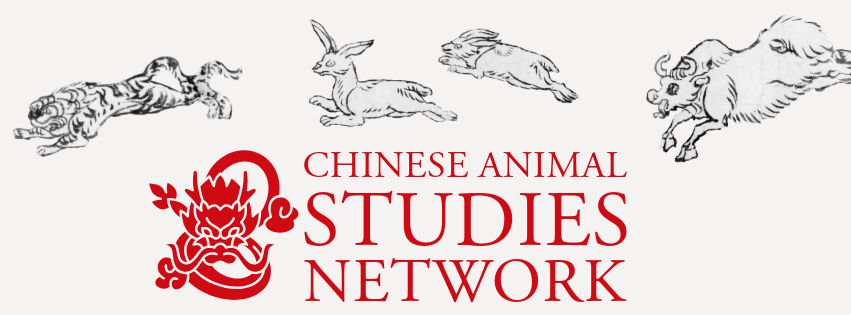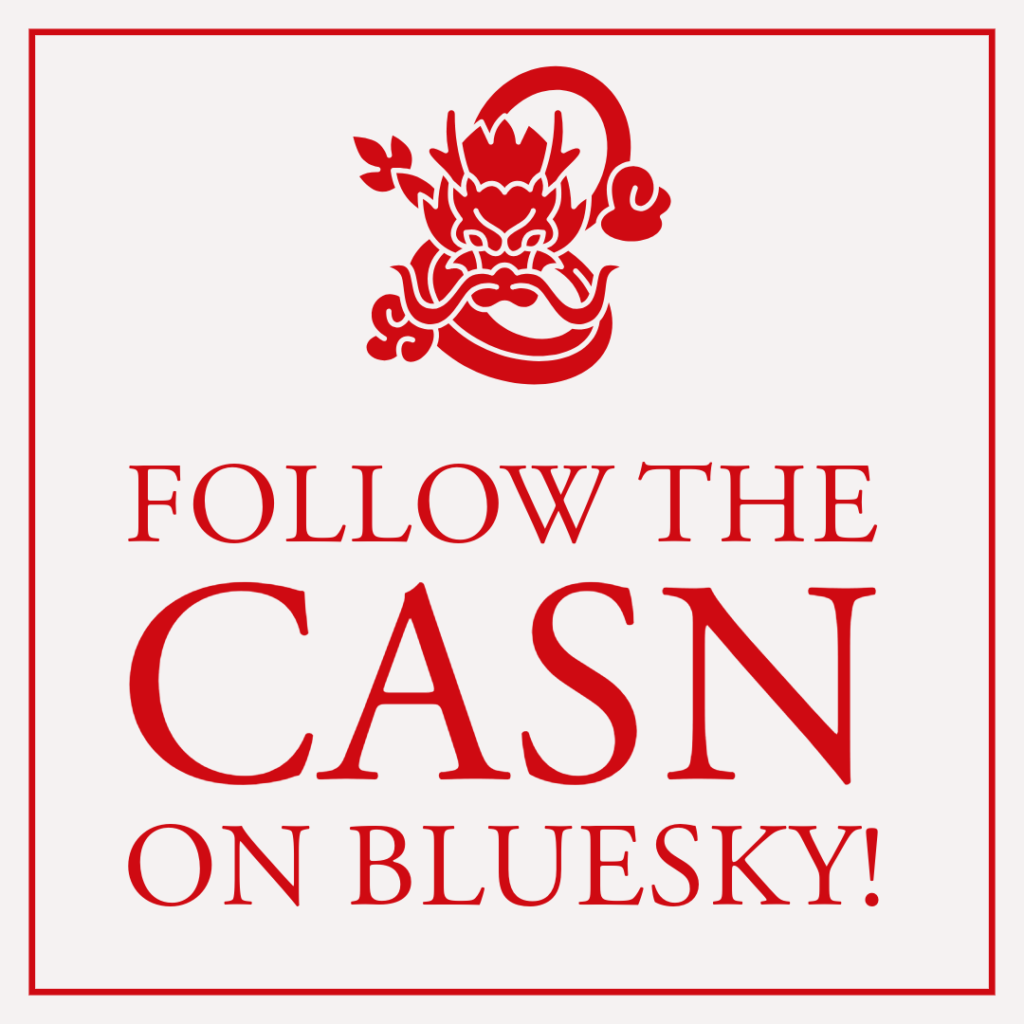
In this Talking Animals post, we interview Jongsik Christian Yi about his work on living with, caring for, and relying on animals in Chinese communes.

Jongsik Christian Yi is an Assistant Professor of the History of Science at Pohang University of Science and Technology (POSTECH), South Korea. Focusing on modern China and Vietnam, he works on how science, technology, and medicine mediate human interactions with nonhuman entities in the environments that we share. He is currently completing his first monograph, More-Than People’s Communes: Veterinary Workers and Nonhuman Animals in Mao-Era China, which is under contract with the University of Chicago Press.
Hi Jongsik! Thank you for joining us on Talking Animals. To start, what first inspired you to include animals in your research?
It was sheer serendipity. As a graduate student in Harvard’s History of Science program, interested in the interplay between science, socialism, and agrarian life in Mao-era China, I often wandered through the bookshelves at the Yenching Library, searching for related materials and sources. One day, I unexpectedly came across a Cultural Revolution-era book on animal husbandry and veterinary medicine. For the first time, I saw intricate illustrations of animal acupuncture points, which immediately piqued my curiosity. And that was how it all began!
You’ve recently been working on the interwoven lives of people and animals in Chinese communes, could you summarise your findings so far?
I’m examining how, under circumstances in which farm animals were indispensable for survival, human commune members developed various ways of caring for, healing, and exploiting nonhuman animals to navigate the revolution’s radicalism and unpredictability. As the Communist state sought to channel wealth from rural areas to industrial and urban sectors through collectivisation, diverse local actors—commune veterinarians, animal caretakers, breeders, and animal disease prevention workers, among others—had to devise “self-reliant” methods to keep animals alive and healthy with little external support.
I demonstrate that, despite the scarcity of material and professional resources, these workers found their own ways to lead veterinary efforts at the grassroots level, mobilising tools such as acupuncture needles, handmade swine fever vaccines, native medicinal herbs, edible greens, and even the Little Red Book. I conceptualise this multispecies living space as “more-than-people’s communes” (a play on their official name). In doing so, I aim to deepen our understanding of both the resilience of local societies and the lived experiences of communal animals in Mao-era China.
What’s something surprising you’ve come across while researching Chinese medicinal history?
Local communes in Maoist China were highly conservative in slaughtering animals, even during severe outbreaks of epizootic diseases. In different historical contexts—particularly in the West—comprehensive culling of compromised animals has been regarded as the most efficient and economical method of disease control since Victorian England, though not without controversy. For impoverished collectives in China, however, animals were too valuable to simply be discarded. Quarantine and treatment, rather than slaughter, formed the core of Maoist China’s approach to combating animal diseases, alongside preventive measures.
Since “self-reliant” communes could not depend on a steady supply of medical materials from the state, veterinary workers and peasants launched “mass scientific” experiments with traditional Chinese medicines and locally available herbs to preserve their animals and to maintain the capacity and integrity of their communes. If you find this topic intriguing, I explore it further in my recent article, “Rabbit Spleen and Medicinal Herbs,” published in the Bulletin of the History of Medicine.
Is there a resource or theory you’ve found particularly helpful while developing your approach?
Writing about animals in the Chinese past, I have found several philosophical and anthropological approaches to nonhuman beings—such as the works of Donna Haraway and Bruno Latour—extremely helpful. More recently, I enjoyed reading The Promise of Multispecies Justice (eds. Sophie Chao, Karin Bolender, and Eben Kirksey, Duke University Press, 2022). I must also say that I am deeply indebted to my fellow animal historians: Harriet Ritvo, Abigail Woods, Karen Brown, Marcy Norton, Tiago Saraiva, Andrew Robichaud, Chris Pearson, Thomas Fleischman, Tamar Novick, Pete Braden, and none other than Renée Krusche!
And what animal-related questions are you aiming to answer in your research next?

While my first monograph explores the health of domestic animals from the perspective of rural communes, my second book project shifts focus to wild animal life, situating it within the context of international relations between China and Vietnam. Post-socialist reforms in both countries after the 1980s granted Western virologists and ecologists access to southern China and northern Vietnam, enabling them to identify these regions as pandemic centers in the late 1990s and early 2000s (especially for the Chinese case, see Lyle Fearnley’s Virulent Zones). However, little is known about what transpired in the pre-reform period, which hinders a diachronic understanding of global efforts to comprehend and control these Asian pandemic epicenters. I plan to trace how Chinese, Vietnamese, and later Western scientists perceived wildlife both as an economic resource and a potential public health threat—and how they collaborated to establish wildlife management programs in the border regions from the 1950s through the 1970s and beyond.


